Of about 3,500 mosquito species around the world, only a few have taken to specifically targeting people for biting, making them important spreaders of infectious diseases. To predict and help control the spread of those mosquito-borne illnesses, it’s important to know where and why, evolutionarily speaking, certain mosquitoes got their taste for biting humans in the first place. Now, researchers reporting in the journal Current Biology on July 23 have identified two major factors: a dry climate and city life. Based on these findings, they predict that increased urbanization in the coming decades will mean even more human-biting mosquitoes in the future.
“Aedes aegypti mosquitoes are invasive across the global tropics, where a strong preference for human hosts and habitats makes them important disease vectors,” says Carolyn McBride of Princeton University. “We found that in their native range of sub-Saharan Africa, they show extremely variable attraction to human hosts, ranging from strong preference for humans to strong preference for non-human animals.”
“Mosquitoes living near dense human populations in cities such as Kumasi, Ghana, or Ouagadougou, Burkina Faso, showed increased willingness to bite human hosts,” adds Noah Rose, also of Princeton. “But they only evolve a strong preference for human hosts in places with intense dry seasons–in particular, in the Sahel region, where rainfall is concentrated in just a couple months out of the year. We think this is because mosquitoes in these climates are especially dependent on humans and human water storage for their life cycle.”
People tend to think of all mosquitoes as major pests to people. But, in fact, the researchers explain, mosquitoes are quite diverse. Some of them won’t bite humans at all. Only a few species specialize in biting people. In the new study, the researchers focused their attention on Aedes aegypti, the primary spreader of dengue, Zika, yellow fever, and Chikungunya virus.
“Many people have speculated about why this species evolved to selectively bite humans, but our study is the first to address this question directly with systematic empirical data,” McBride says.
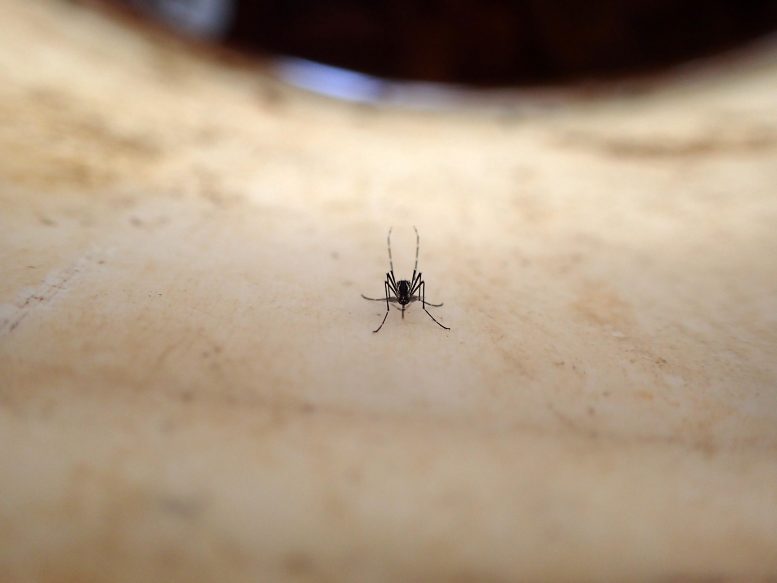
This image shows a wild female Aedes aegypti mosquito resting in a bucket in Thies, Senegal. Credit: Noah H. Rose
To do this, the researchers took advantage of the fact that this species came from Africa and that many populations in Africa still don’t like to bite humans. They asked a simple question: where specifically do the mosquitoes like humans? And, where do they prefer to bite other animals instead?
The researchers used special traps to collect Ae. aegypti eggs from multiple outdoor sites in each of 27 locations across sub-Saharan Africa. Back in the lab, they tested the preferences of each of those mosquito populations for the scent of people versus other animals, including guinea pigs and quail.
Their studies led to two main findings. First, they show that mosquitoes living in dense urban cities were attracted to people more than those from more rural or wild places. However, the researchers note that this only applied to especially dense modern cities and therefore isn’t likely to be the original reason that certain population of Ae. aegypti mosquitoes evolved to specialize in biting humans.
Their second discovery was that mosquitoes living in places with longer and hotter dry seasons showed a strong preference for a human versus animal scent.
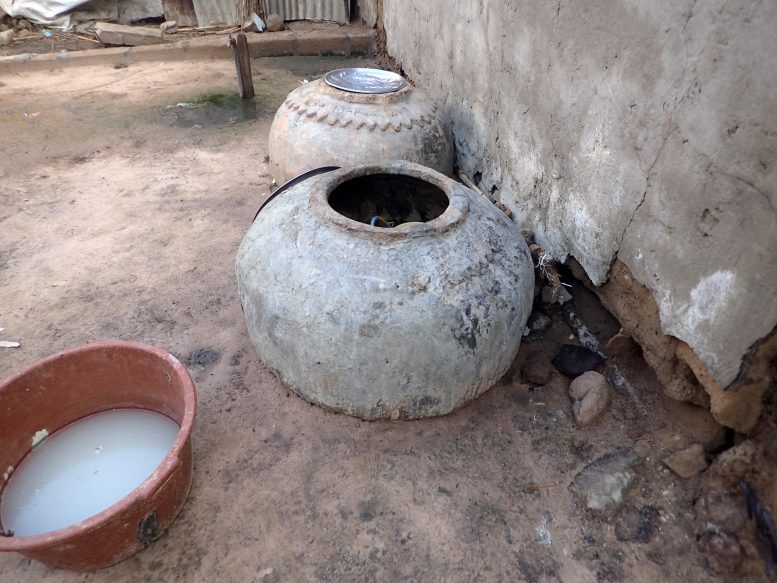
This image shows the kinds of human water storage containers where Aedes aegypti larvae thrive in areas with intense dry seasons and little natural habitat. Credit: Noah H. Rose
“I was surprised that immediate habitat didn’t have much of an effect–mosquitoes in forests and nearby towns had similar behavior,” Rose says. “We thought that maybe moving into human landscapes would be a key driver of attraction to human hosts. But it seems like mosquitoes fly back and forth too readily between these habitats for their behavior to diverge in many cases.
“When we took a more regional view of things, we saw that regions with dense human populations had mosquitoes with a greater attraction to human hosts, but this wasn’t dependent on the precise habitat we collected them from within each region,” Rose continues. “I was also surprised that climate was more important than urbanization in explaining present day behavioral variation. Many mosquitoes living in fairly dense cities don’t particularly prefer to bite human hosts.”
“I think it will be surprising to people that in many cities in Africa, this species actively discriminates against humans,” McBride says. “It is only when the cities become extremely dense or are located in places with more intense dry seasons that they become more interested in biting humans.”
The researchers show that many genes concentrated in a few key parts of the genome drove this evolutionary shift in mosquitoes’ biting preferences. Based on their findings, the researchers asked how near-term climate change and urban growth are expected to shape mosquito behavior in the near future. And, it’s not good news.
The researchers say that climate change in the next few decades isn’t expected to drive major changes to the dry season dynamics they found were important to mosquitoes. But, they say, rapid urbanization could push more mosquitoes to bite humans in many cities across sub-Saharan Africa over the next 30 years.
The researchers will continue to study the interplay between mosquitoes’ biting preferences, climate, and urban life. They’d also like to understand why mosquitoes specialize on certain hosts to begin with and which specific genes and genetic changes are most important.
Reference: “Climate and Urbanization Drive Mosquito Preference for Humans” by Noah H. Rose, Massamba Sylla, Athanase Badolo, Joel Lutomiah, Diego Ayala, Ogechukwu B. Aribodor, Nnenna Ibe, Jewelna Akorli, Sampson Otoo, John-Paul Mutebi, Alexis L. Kriete, Eliza G. Ewing, Rosemary Sang, Andrea Gloria-Soria, Jeffrey R. Powell, Rachel E. Baker, Bradley J. White, Jacob E. Crawford and Carolyn S. McBride, 23 July 2020, Current Biology.
DOI: 10.1016/j.cub.2020.06.092
This work was supported by Pew Scholars, Searle Scholars, Klingenstein-Simons, and Rosalind Franklin/Gruber Foundation awards, the National Institutes of Health, a Helen Hay Whitney Postdoctoral Fellowship, undergraduate thesis funding from the Princeton University Department of Ecology and Evolutionary Biology and African Studies Program, Verily Life Sciences, and the New York Stem Cell Foundation. C.S.M. is a New York Stem Cell Foundation-Robertson Investigator.

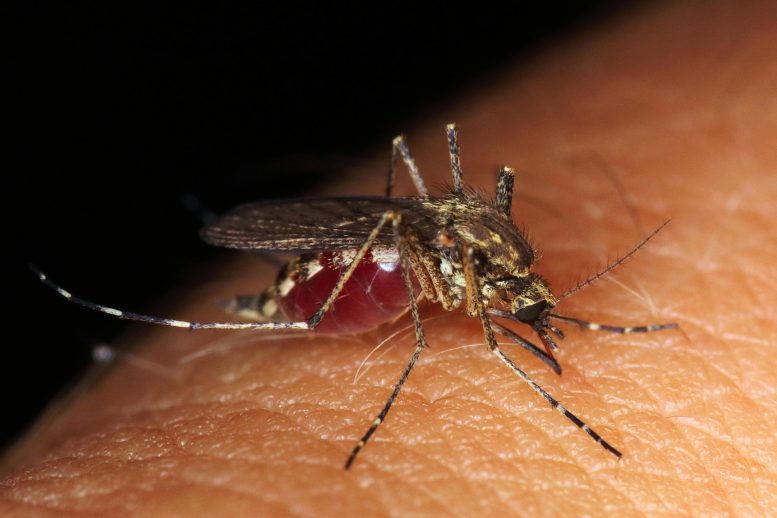
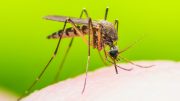
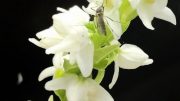
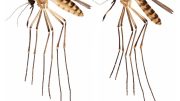
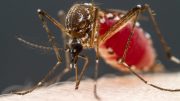
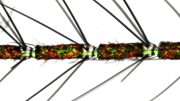
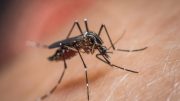
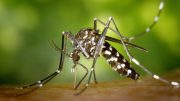
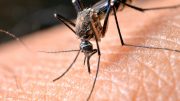
Dry, hmmm? I remember living and fishing in the Everglades back in the late 40s and early 50s. You could hear them before you saw them. Right at dusk, here they came. Clouds of mosquitoes out of the swamp and looking for blood. My father and I were darker than the blue eyed blondes around us and while we were bit, we were not damaged. My sister and my mother had terrible reactions to the horde of blood suckers. We certainly learned to run from them and we did like the Seminole women did, they pulled several layers of their skirts over their head, tucked in their hands and hunkered down until those miserable creatures moved on. We used our sleeping bags and gave up fishing for the night. As soon as we could we headed home.
Naturally, I was surprised that it was dry climes that resulted in blood suckers.